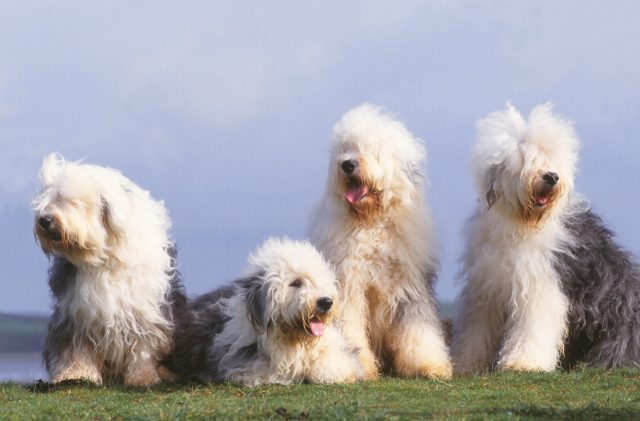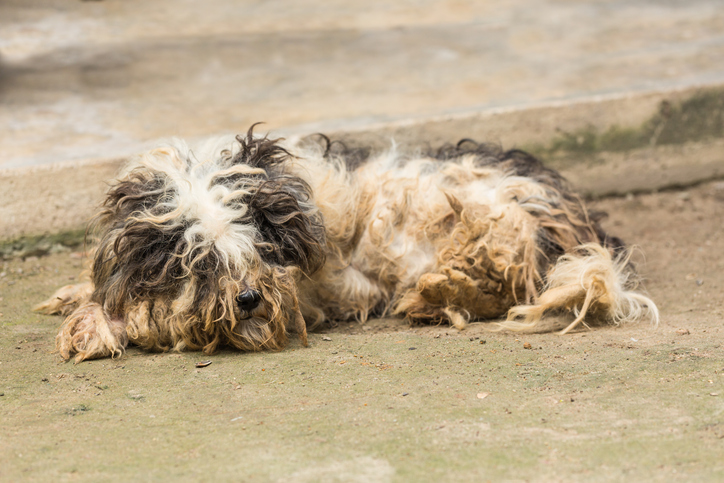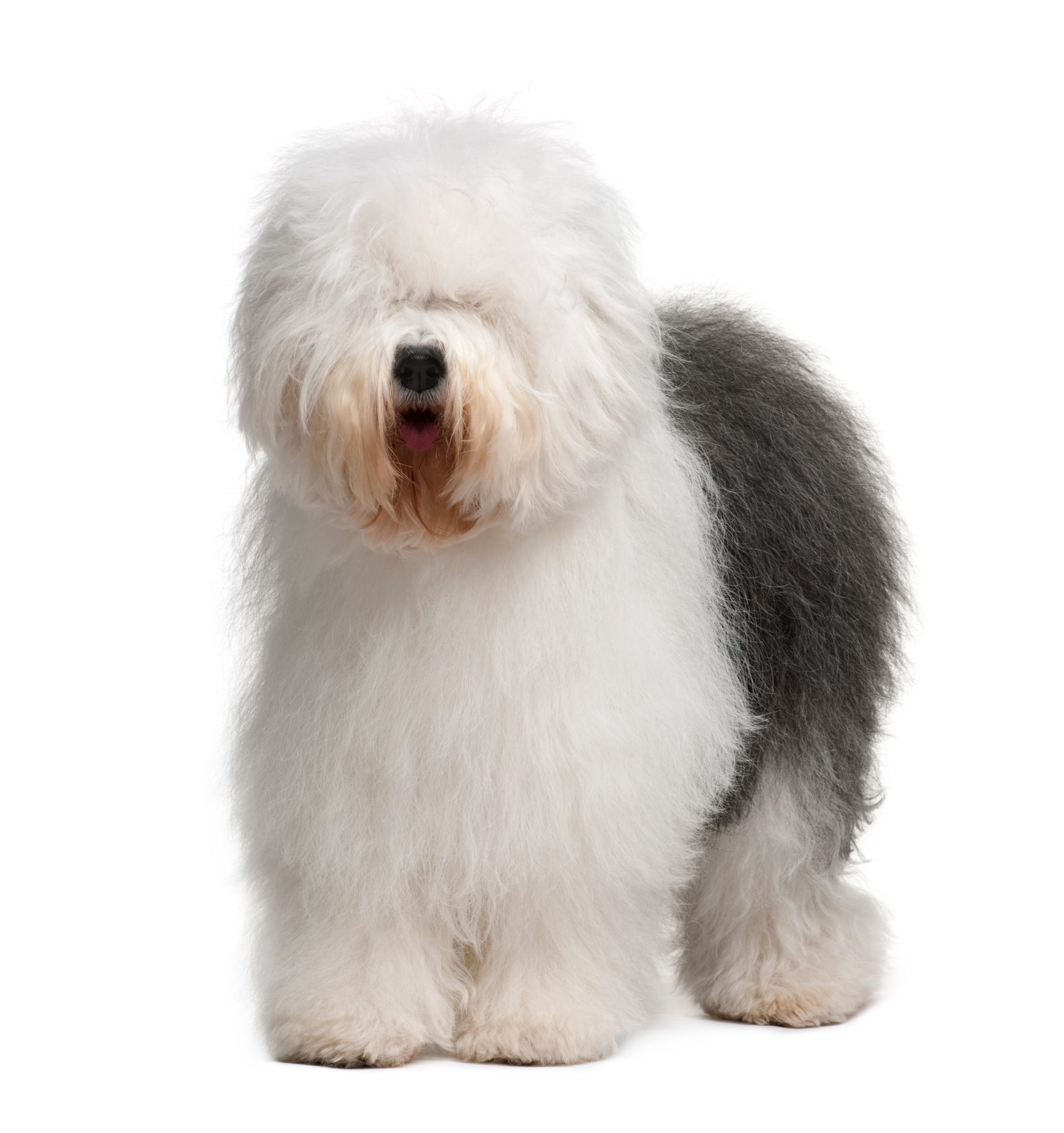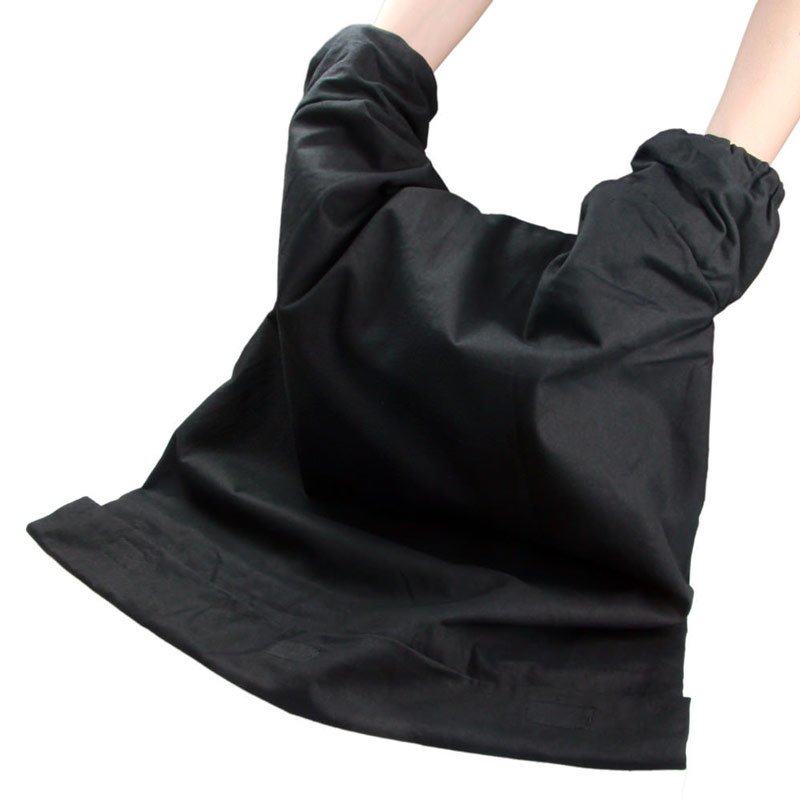
Imagine a scenario in which you’ve been tasked to groom a Havanese for the show ring. More precisely, it’s the dog seen below. Where do you even start?

Photo by sarayuth3390/iStockPhoto
At the opposite end of the spectrum is the scenario in which you’ve been tasked to evaluate a well groomed Old English Sheepdog like the one below:

Three year old Old English Sheepdog by Eric Isselée/AdobeStockPhoto
If you’re a novice at judging the breed, you might see the immense coat and think: Where do I even begin?
A tip: One doesn’t eat an entire apple in one bite, but by a series of smaller bites. It’s helpful to approach a daunting task the same way.
But a word of caution. When assessing a dog, the whole dog must be considered, not its individual components. The latter is called “parts judging,” and while easy to do, it’s a mistake to make because it can overlook a dog’s virtues while getting hung up on its faults, and visa versa.
Every part of a dog is essential when evaluating the whole dog because each contributes to a dog’s type and soundness, and in a balanced dog, the “pieces” should fit together harmoniously.
An Old English Sheepdog is a sturdy, square, agile dog, a striking picture of a balanced dog in a full double coat. In this post, we focus on an attribute so unique to the Old English Sheepdog that without it, an OES cannot be correct. We refer to the Old English Sheepdog’s topline.
Gently arched over a very broad and stout loin, the topline shouldn’t be mistaken for a roached back. A correct topline has a gentle rise at the highest point over the loin. How does one even begin to find this on a shaggy – really hairy – dog?
The answer? Hands and eyes, dear reader. Using your hands and eyes.
Few fanciers of coated breeds object to a judge doing a “deep dive” into the coat to get a feel of the dog, and it’s near impossible to adequately evaluate a heavily coated dog without getting one’s hands truly on it. Once it’s been determined that the dog is properly set up (a poor stack can affect the dog’s topline), a good place to start on this breed is at its withers, and running one’s hand along the topline. A gentle rise should be discerned as the hand moves toward the loin of the dog. Ribs should extend well back, the loin short and gently arched. The greater height at the loin than at the withers doesn’t have to be pronounced, nor should it be achieved by the dog having a sway back, straight stifles, or unusually short front legs.

Some judges maintain that a hands-on examination of the dog verifies what they believe they saw when the dog first gaited around the ring, others will tell you it’s the other way around, but either way, watching the dog move is critical. Does the dog push from her rear feet and extend forward with her front legs in a way that points to correct front angulation? Does the dog get longer and lower the more they move out causing the dog to lose their squareness? Will the gentle rise over the loin be seen as the dog moves?
Here we pivot to something utterly unrelated to dogs to make a point. It has to do with this photo of a black bag, a tool that few of you will recognize if you were born long after the advent of digital cameras. It is a darkroom bag that was used to remove or change film in a camera in complete darkness, and it freed a photographer from the confines of a darkroom. If you’re wondering how anyone could see what they were doing, they didn’t. A person had to learn how to remove film from a camera, and reload a new roll
So you see where we’re going with this?
Examining a heavily coated dog is not dissimilar to working with a darkroom bag. Whether it’s a black bag or several inches of dog hair, you plunge your hands into the darkness and let your mind’s eye take over. When it’s a dog, imagine that you are examining the same dog, but shaved down to the skin. Because you remember the breed standard, your hands will detect what is correct or incorrect. You can’t see the angles or the rise in the topline, but you can feel them. Here’s another way of putting this, but far more simplistic: When you plunge your hands into a bowl of grapes, your hands will know that they aren’t blueberries even though both fruit are round.
As we proofread this piece, we see that we have fudged a bit. We suggested that where one begins to evaluate a heavily coated breed like the OES is with one’s hands and eyes. In truth, it begins by knowing a breed standard, and then by “going over” lots and lots of dogs to train one’s hands.
If you show dogs, how many other dogs of your breed have your hands examined?
Note: Regarding the photo of the Havanese above. Whatever you’re thinking is probably what we thought, too. It’s not our dog, we didn’t take the picture, and while the description accompanying the photo is: “Cute havanese puppy looks dirty but happy, lay down on ground,” your comment is best reserved because we’re all thinking along the same lines.
Image: By CallallooAlexis/AdobeStockPhoto
